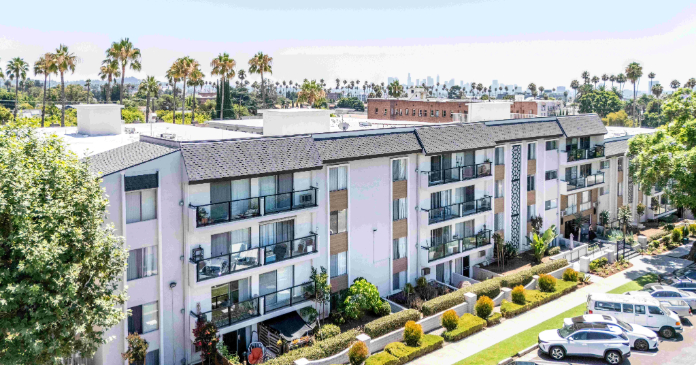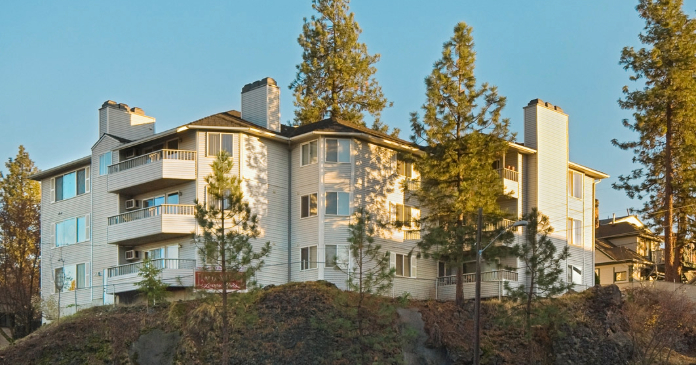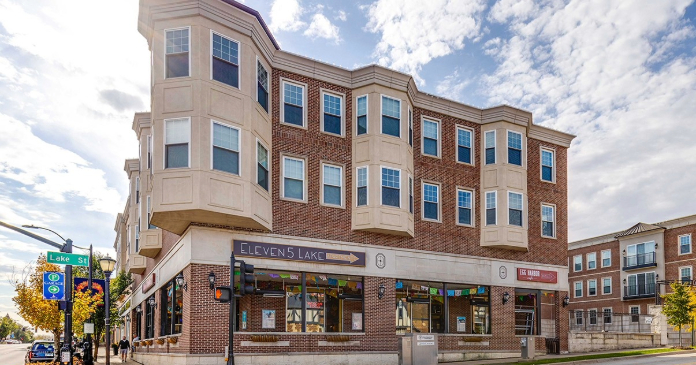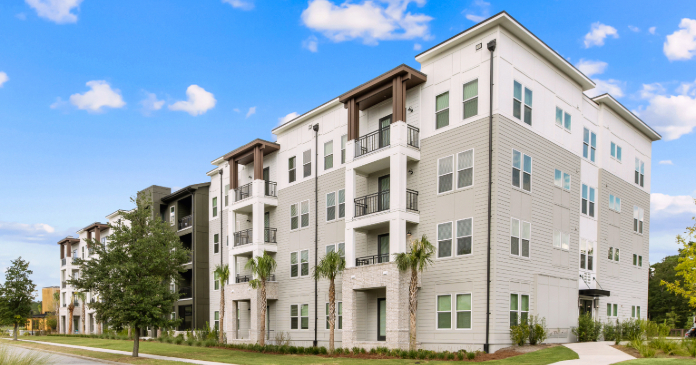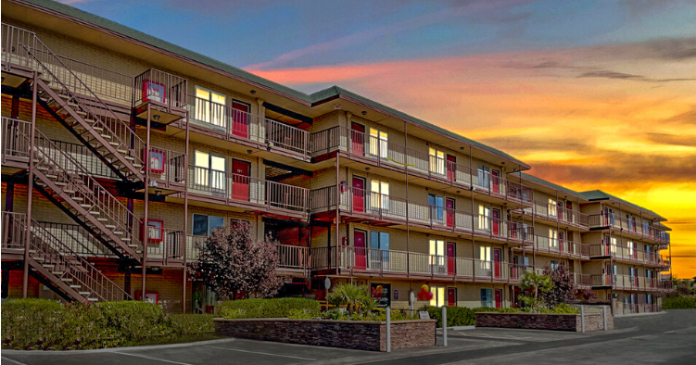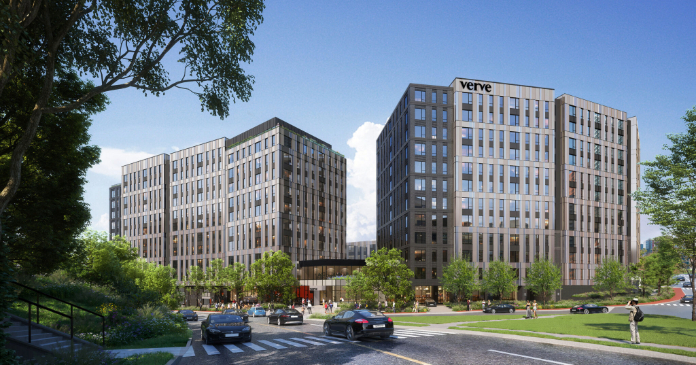
U.S. Homeland Security Secretary Kirstjen Nielsen visited Redding, California, Friday to survey the damage from the state’s unprecedented wildfires. Nielsen called the scenes “truly heartbreaking” and thanked firefighters and responders for helping battle the state’s largest tracked wildfire to date. The security secretary also mentioned the importance of preparing for future such emergencies.
Gov. Jerry Brown declared a state of emergency for those Southern California areas impacted by the Holy Fire in Orange and Riverside Counties—this fire had grown through the night prior. The fires burning in Northern California—now 60 percent contained—aren’t expected to be brought under full control for months. A particularly long triple-digit heat wave has exacerbated fire intensity and challenged fire crews working to control the blazes.
At the latest count, wildfires in the state have killed six people, destroyed over 1,000 homes and scorched over 130,000 acres. “Steep terrain, erratic winds and previously unburned fuels,” are to blame for the size and speed of the fires according to Cal Fire, the state’s fire agency. While it may seem that the West’s seasonal wildfires are growing in severity—at least for those in range of the fires—statistics suggest more of a spike as part of a normal cycle that typically follows periods of higher than average rainfall.
Assessing the trends
From 1999 to 2017, the total burned area by fires declined 25 percent according to the journal, Science. The number of wildfires in California has actually declined since the last peak in 1980 (following an above-average rainfall), according to USGS data. Some correlate fewer wildfires in California to effective prevention programs.
Cal Fire, for one, has spent decades on its wildfire prevention program and says that nearly 95 percent of all fires are contained to 10 acres or less. It’s the remaining five percent that has the state in a cloud of ash and smoke as of late. Last winter’s record winter rains spawned plant growth, fuel for fires, that were non-existent during the drought. Grass (fine fuel) fires burn faster and accelerate the number of acres burned according to research from the U.C. Merced Sierra Nevada Research Institute.
Wildfires are common, and necessary, in densely-wooded areas and grasslands. Ignited by lightning strikes or by a careless campfire, swaths of America’s northwest forest have historically burned every five to 20 years. Wildfires regenerate forests and return nutrients to the soil—a cycle required for the reproduction of some plants.
The accumulation of undergrowth, saplings and dead trees create conditions in which a fire can spread rapidly. Reductions in logging have also created more densely packed forests. “To maintain good forest health… you need fire,” says Ernesto Alvarado of the University of Washington and expert on large fires. While some burns are prescribed, they are a fraction of what is required.
Like earthquakes and mudslides, wildfires are one of the known natural threats of living in many parts of California. Cal Fire has rated state areas according to 3 levels of wildfire risk: Moderate, High and Very High. In addition to allocating responsibility for managing and fighting fires in Very High Fire Hazard Severity Zones (VHFHSZ), Cal Fire also supervises these target areas for prevention (clearing brush), emergency planning and red-flagging risk to local jurisdictions.
Remembering Oakland
The Oakland Hills firestorm of 1991 is most notable example of a wildfire’s impact on residential property, including the 437-unit apartment community of Parkwood. Though there were many remarkable details about that fire, the speed at which the entire garden property was engulfed in flames, about 30 minutes, might be the most notable for property owners going forward.
Wildfires—as with most emergencies—are known for their rapid escalation. While it’s remarkable given the circumstances that no lives were lost at Parkwoods inside those 30 minutes, not much else came through the catastrophe. Parkwood might be the strongest case study for having an emergency preparedness program for apartments, as well as for residents personally. One firestorm survivor of Parkwood says that in addition to an appreciation for life brought about by the tragedy, she now always carries renter’s insurance and a to-go bag with essentials.
Another result of the Oakland fire is the “Bate’s” bill that was passed to help remediate wildfire encroachment into residential areas, and to clarify and expedite response to such events. Code 51175 now requires Cal Fire to evaluate hazard severity where local jurisdictions are responsible and make specific recommendations for action.



